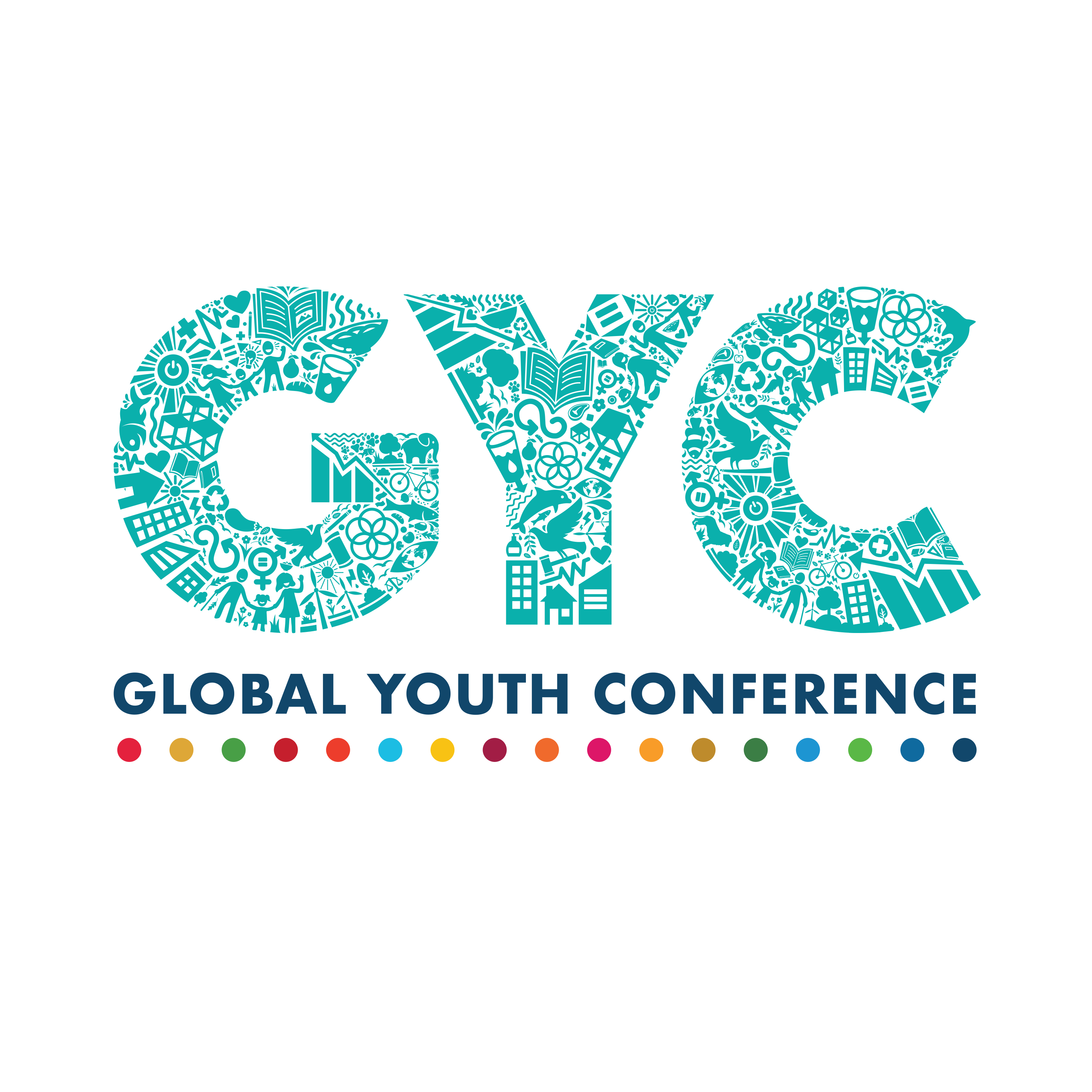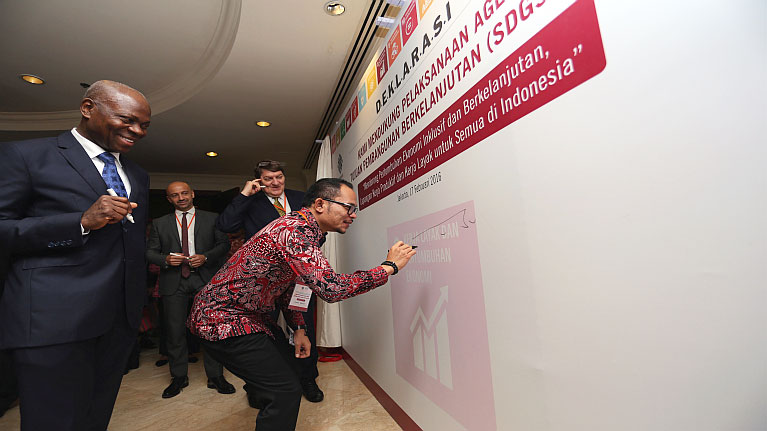The initial commitment of world leaders to anticipate future challenges is contained in the Millennium Development Goals (MDGs). The MDGs, a millennium declaration agreed by 189 heads of state to reduce socio-economic problems by half from 2005 conditions. Having a target to achieve people’s welfare and community development by 2015, the MDGs have 8 goals with 50 achievement targets. The eight goals include reducing poverty and hunger, achieving universal primary education, promoting gender equality and empowering women, reducing child mortality, fighting HIV/AIDS, malaria and other infectious diseases, ensuring environmental sustainability, and developing a global partnership for development. Unraveled in the millennium development goals, this target becomes a benchmark for development and poverty alleviation. The Millennium Development Goals are designed as a commitment to achieve a better future.
However, each agenda requires an evaluation to measure the success of a program and the achievement of the desired goals. The 60th General Assembly of the United Nations on September 14-16, 2005, evaluated 5 years of the implementation of the MDGs. In the evaluation, it was stated that 50 countries failed to achieve at least one MDG target, while, another 65 countries were at risk of failing to achieve at least one MDGs by 2040. December 2015, became the end point for the implementation of the Millennium Development Goals (MDGs) in all countries.
This is, of course, a starting point for every country in the world to collaborate again to formulate new breakthroughs as a follow-up and sustainability of the MDGs. Continuing the interrupted Millennium Development Goals (MDGs), the 2030 Sustainable Development Goals are here to become a new light for sustainable economic development. The SDGs accommodate development problems more comprehensively, both qualitatively by accommodating development issues that are not yet included in the MDGs, or quantitatively with the target of completing the goals and targets that have been set. Containing 17 goals and divided into 169 targets that are interrelated, mutually influencing, inclusive, and integrated with one another, the SDGs instill a universal commitment so that no one is left behind (Leave No One Behind).
With an estimated achievement until 2030, the Sustainable Development Goals set a stronger foundation through the 17 pillars contained in it for a better human life in the future. This is where our role is to show existence, aspirations and innovation as the nation’s driving force in realizing the commitments of world leaders as stated in the 2030 Sustainable Development Goals (SDGs), it’s better for us to start taking steps to change and create a better future for me, you, them, and all of us.


